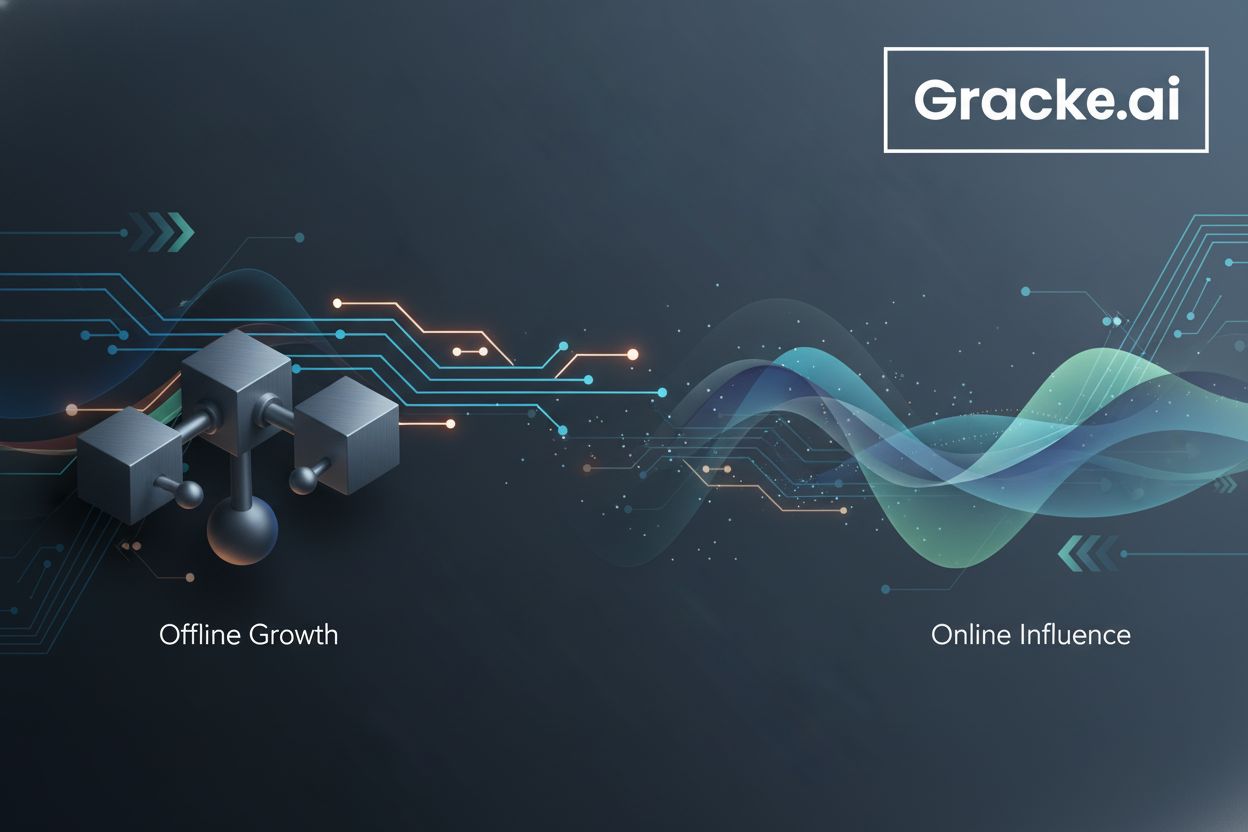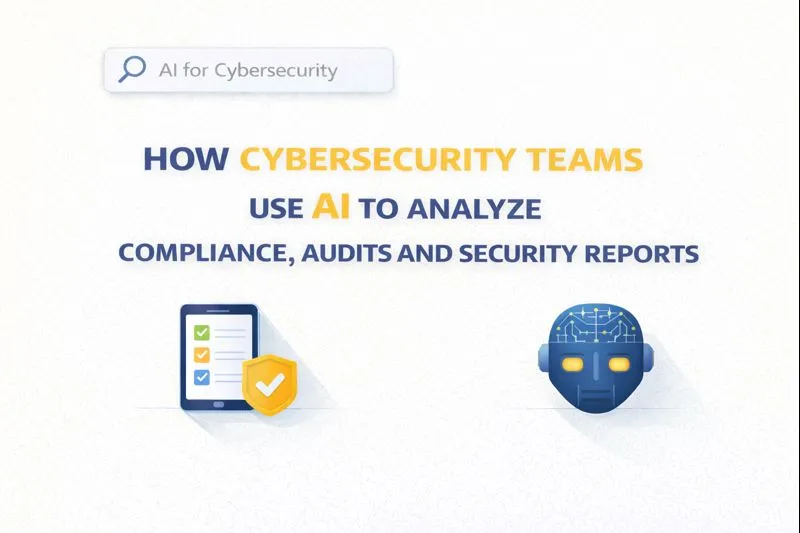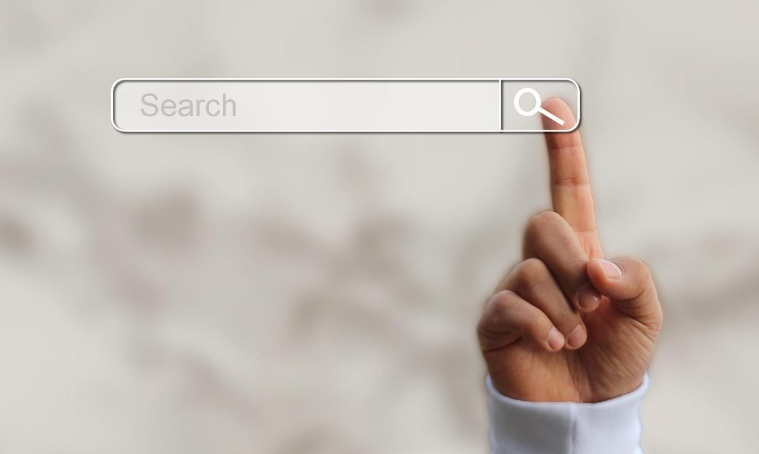Exploring Offline Growth Hacking: Lessons from the Online World

TL;DR
Introduction: Bridging the Gap Between Online and Offline Growth
Okay, so you think growth hacking is all about online stuff, huh? Think again. There's a whole world of untapped potential waiting offline, and honestly, ignoring it is leaving money on the table.
We're bombarded with ads every time we open our laptops or phones. People are getting really good at tuning it out, you know? It's like, ad blindness is a real thing now. Plus, sometimes you just need that human touch, that tangible experience, which the internet just can't replicate. Think about it:
- Digital fatigue is real. People are craving authentic, real-world experiences.
- Offline channels offer unique engagement. A well-placed billboard, a cleverly designed flyer, or even just a friendly conversation can cut through the noise in a way that another banner ad simply can't.
- It's time to get creative and think outside the screen, especially if you wanna reach those niche markets that aren’t glued to their devices 24/7.
For some industries, especially b2b saas and cybersecurity, offline is where the trust is built. This is often due to the high stakes involved, the need for personalized solutions, and the long-term nature of these relationships. You're not just selling a product; you're selling security and reliability. That requires a different level of connection.
- Building trust is key, particularly in high-stakes industries like cybersecurity. A handshake at a conference can mean more than a thousand clicks on a website.
- Offline events and networking can be super effective for targeting niche audiences. Where else are you gonna find so many potential clients in one place?
- Memorable brand experiences resonate. Think about a cybersecurity firm hosting an exclusive dinner for potential clients – that's going to leave a lasting impression.
The cool thing is, we can totally use what we've learned from online growth hacking in the real world. It's not like it's a completely different game, just a different playing field.
- Data-driven decisions aren't just for the web. Track your offline campaigns just like you would online ones. How many people attended that event? How many leads did it generate?
- a/b testing isn't just for websites. Test different flyer designs, different event formats, different sales pitches. See what works best in real-world scenarios.
- And most importantly, make sure your offline and online efforts work together. Everything should complement each other, not compete.
We need to start thinking about offline growth hacking as an extension of our online strategies, not some separate thing. Next up, we will be diving into some specific tactics you can use to bridge that gap.
Core Offline Growth Hacking Strategies
Did you know that 70% of small businesses fail within their first 10 years? Crazy, right? One reason could be that they're not tapping into the power of offline growth hacks.
Let's dive into some core strategies that can help you bridge the online-offline gap.
Forget just selling; think about building a tribe. Real, genuine connections are what keep customers coming back, and community building is how you create those bonds offline.
- Creating local user groups and meetups: Think of it as throwing a party for your best customers (and potential ones). It's about shared interests, not just pushing your product. For a Cybersecurity company, this could be a monthly "cybersecurity awareness" workshop at a local library, teaching people how to protect themselves from scams. This builds brand recognition and positions the firm as a trusted resource, often leading to direct inquiries for their services.
- Sponsoring industry events and conferences: Sponsoring events puts your brand front and center. But don't just slap your logo on a banner. Get involved. Host a workshop, offer a free consultation, or just be genuinely helpful. This is especially effective in the b2b saas space.
- Building relationships with key influencers offline: Influencer marketing isn't just for Instagram. Find the thought leaders in your industry and connect with them personally. Attend their events, offer them value, and build a real relationship. For instance, a fintech startup could invite local finance bloggers to a private dinner to discuss industry trends.
Finding the right partners can amplify your reach and introduce you to entirely new audiences.
- Collaborating with related businesses for cross-promotion: Find businesses that complement yours but don't directly compete. A local gym could partner with a nutritionist to offer bundled packages. Or, a marketing agency could pair with a web development firm to offer comprehensive digital solutions.
- Joint webinars and workshops: Host events together. It's like a double-date for your businesses. A financial planning firm and a real estate company could host a workshop on "Investing in Your Future."
- Co-creating content for wider reach: Create content together that benefits both of your audiences. A cybersecurity company could partner with a tech blog to create a series of articles on data privacy.
People remember experiences, not just ads. Experiential marketing is about creating immersive, memorable interactions that leave a lasting impression.
- Interactive demos and product showcases: Ditch the boring sales pitch and let people experience your product firsthand. A software company could set up an interactive demo booth at a tech conference, allowing attendees to try out their latest features.
- Gamified experiences at trade shows: Turn your booth into a game. A healthcare company could create a virtual reality experience that simulates a day in the life of a doctor using their products.
- Pop-up events and activations in relevant locations: Bring your brand to where your customers are. A retail company could set up a pop-up shop in a high-traffic area, offering exclusive discounts and experiences.
Content isn't just for blogs and social media. Get creative with how you distribute your expertise in the real world.
- Print newsletters and brochures for targeted distribution: Yes, print is still a thing! A local business could distribute a monthly newsletter to residents in their neighborhood, featuring exclusive deals and community news.
- Speaking engagements and presentations at industry events: Position yourself as an expert by speaking at events. A marketing consultant could present at a small business conference, sharing tips on how to grow your business.
- Physical books and whitepapers for lead generation: Give away valuable content in exchange for contact information. A cybersecurity firm could offer a free whitepaper on data breach prevention in exchange for email addresses.
Next up, we'll explore how to measure the ROI of your offline growth hacking efforts, because what's the point if you can't track your progress, right?
Offline Growth Hacking for Cybersecurity: Building Trust in a Digital World
Okay, let's talk cybersecurity and how to actually get people to trust you, not just see another online ad. Because honestly, who trusts those things anymore? It's about making real connections.
You know what's more reassuring than a thousand-dollar software? Someone looking you in the eye and explaining how it works. That's why hosting cybersecurity workshops and training sessions is so powerful. Think about it: you're not just selling a product; you're educating people, making them feel empowered. A local cybersecurity firm could team up with a community center to run free workshops for seniors on avoiding phishing scams. It's a win-win.
- Providing on-site security assessments and consultations is another great way to build trust. It's one thing to say you can protect a business; it's another to walk into their office, analyze their systems, and offer personalized solutions. It shows you're invested in their specific needs, and can lead to upsells, long-term contracts, or valuable referrals.
- And then there's the classic: building relationships with cisos and it professionals at conferences. Yeah, conferences can be a drag, but they're also where you meet the people who make the big decisions. Don't just hand out brochures; have real conversations, offer valuable insights, and show them you understand their challenges.
Okay, so a breach happens. Everyone panics. What do you do? You can't just rely on email, right? That's where having a crisis communication plan that includes offline channels comes in.
- Think about preparing physical press kits and communication materials. In a crisis, people crave tangible information. Having a well-prepared press kit with clear, concise messaging can make a huge difference in controlling the narrative.
- And don't forget about establishing relationships with local media outlets. Getting your message out through trusted news sources can help reassure the public and mitigate the damage. It's about being proactive, not reactive.
Want to show people you know your stuff? Don't just tell them; show them.
- Participating in cybersecurity conferences and trade shows is a must. It's a chance to network, learn from others, and demonstrate your expertise. But don't just stand there behind a booth. Give a presentation, host a demo, or participate in a panel discussion.
- Hosting private security briefings for key clients is another powerful way to showcase your knowledge. It's an exclusive event where you can share insights, answer questions, and build rapport. It makes clients feel valued and secure.
- And for something really engaging, consider organizing capture the flag (ctf) events to demonstrate technical capabilities. It is like a cybersecurity competition. It's a fun, interactive way to show off your team's skills and attract top talent.
Building trust in the cybersecurity world isn't just about having the best technology; it's about building real relationships, communicating effectively, and showcasing your expertise in tangible ways. Now, let's talk about measuring all this offline effort – because if you can't track it, did it even happen?
Measuring the Impact of Offline Growth Hacking
Alright, you've been hustling offline – handing out flyers, hosting events, schmoozing at conferences. But how do you know if it's actually working? It's not as simple as looking at website clicks, is it?
First things first, you need to track those offline conversions. Think of it like this: every offline action should have a digital fingerprint.
- Unique promo codes are your friend. Slap a different code on each flyer, in each event program, and track which ones get used. A retail store could offer "FLYER15" for 15% off to customers who bring in a physical flyer, and then track how many people use that specific code.
- Dedicated landing pages are clutch. Create specific urls (like yourcompany.com/event-name) just for your offline campaigns. This makes it super easy to see where traffic is coming from. A b2b saas company might have a landing page promoted at a conference, offering a free trial or a demo. This allows for direct attribution of sign-ups and conversions to the specific offline campaign.
- crm integration is a must. Make sure your CRM can track where leads are coming from. Train your sales team to always ask new leads how they heard about you.
It's not always about immediate sales, though. Sometimes, it's about getting your name out there, so you need to analyze brand awareness and sentiment.
- Monitor social media mentions. What are people saying after your event? Use tools like Brandwatch or Mention to track keywords and hashtags related to your brand and campaign.
- Conduct brand lift studies. Run surveys before and after your offline campaigns to see if awareness and perception have changed. This is especially useful for measuring the impact of sponsorships or large-scale events.
- Track website traffic from referrals. Did that article in the local paper drive traffic to your site? Use Google Analytics to track referral traffic and see which offline sources are sending you visitors.
The real magic happens when you combine your offline and online data.
- Create a unified customer profile. Integrate your crm data with your marketing automation platform to get a complete view of each customer's journey.
- Use marketing automation to nurture leads. Just because someone met you at a conference doesn't mean they're ready to buy right now. Use email marketing to stay top-of-mind and guide them through the sales funnel.
Look, measuring offline growth isn't an exact science, but it's totally doable. It's about being creative, using the right tools, and making sure your online and offline efforts are working together, not against each other. Next up, we're gonna talk about scaling your offline game.
Case Studies: Successful Offline Growth Hacking Examples
Ever wonder if those expensive conferences are actually worth it? Let's look at some real-world examples to find out, because honestly, sometimes it feels like you're just throwing money at a fancy party.
So, there's this b2b saas company – let's call them "SecureBase" (not a real company, just an example, okay?). They sell cybersecurity solutions to small businesses. They decided to go all-in on a big industry conference, sponsoring a booth, and even hosting a workshop on "Protecting Your Business from the Latest Threats." The booth was a bit hit, but the workshop? Packed! They collected hundreds of leads, and, get this, closed deals worth over $250,000 within three months. This success was attributed to their robust follow-up strategy, which included personalized email sequences and targeted outreach.
- Sponsoring a booth gives you visibility (duh!), but it's gotta be more than just handing out pens. Think interactive demos, contests, or even just comfy seating to attract weary conference-goers.
- Hosting a workshop positions you as an expert and provides real value. Just make sure it's not just a sales pitch in disguise. People can smell that a mile away.
- Follow-up is key. All those leads are worthless if you don't nurture them. Have a solid email sequence ready to go, and personalize where you can.
Cybersecurity firms, in particular, can benefit big time from offline community building. It is all about trust, right? One firm I know started hosting monthly "cybersecurity awareness" meetups at the local library. Nothing fancy, just free coffee and practical tips on avoiding scams.
- Consistent Engagement: It's not a one-and-done deal. Regular events build a loyal following.
- Focus on Education: Forget the jargon. Explain complex topics in plain English.
- Community Partnerships: Team up with local organizations to reach a wider audience. Libraries, schools, even senior centers are great options.
These meetups weren't about selling; they were about building relationships, but guess what? People started asking about their services, and the firm's reputation in the community skyrocketed. So, next time, instead of just throwing money at online ads, think about getting out there and shaking some hands. It might just be the best growth hack you ever try.
Now, how do you scale these offline efforts without burning out? That's what we gonna be talking about next.
Conclusion: The Future of Growth is Hybrid
Okay, so we've been talking about growth hacking offline – who knew, right? But here's the thing: thinking of online and offline as separate? That's so last decade. The future? It's all about the hybrid approach.
Online + Offline = Synergy: It's not an either/or situation. Think of it as peanut butter and jelly – good on their own, but amazing together. A local bakery, for example, could use targeted facebook ads to promote an in-store tasting event.
Adapt or Die (Marketing Edition): Customer behavior is like, constantly changing. What worked last year might flop this year. You gotta be ready to adjust your tactics, and that means embracing both online and offline.
B2B SaaS and Cybersecurity – Offline Goldmines: Especially in these industries, trust is built face-to-face. A cybersecurity firm sponsoring a local tech conference? That's way more effective than another banner ad.
Embrace Hyper-Local Strategies. People are craving community. Think super-targeted neighborhood marketing, sponsoring local events, partnering with community groups.
Tech-ify the Real World: ai powered experiences in retail, interactive displays at trade shows, using augmented reality to bring print ads to life. I mean, the possibilities are endless, honestly.
Sustainability Matters: Customers, especially younger ones, care about the environment, you know? Using eco-friendly materials for offline campaigns, partnering with sustainable businesses, and giving back to the community can really make a difference.
So, yeah. The future of growth? It's not just online, and it's definitely not just offline. It's a blend, baby. And it's gonna be awesome.




